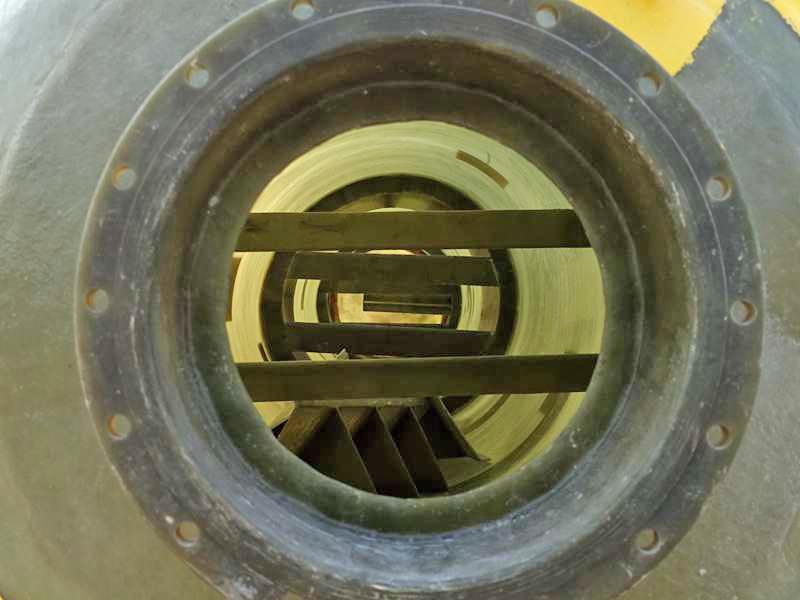
-
 Afrikaans
Afrikaans -
 Albanian
Albanian -
 Amharic
Amharic -
 Arabic
Arabic -
 Armenian
Armenian -
 Azerbaijani
Azerbaijani -
 Basque
Basque -
 Belarusian
Belarusian -
 Bengali
Bengali -
 Bosnian
Bosnian -
 Bulgarian
Bulgarian -
 Catalan
Catalan -
 Cebuano
Cebuano -
 China
China -
 China (Taiwan)
China (Taiwan) -
 Corsican
Corsican -
 Croatian
Croatian -
 Czech
Czech -
 Danish
Danish -
 Dutch
Dutch -
 English
English -
 Esperanto
Esperanto -
 Estonian
Estonian -
 Finnish
Finnish -
 French
French -
 Frisian
Frisian -
 Galician
Galician -
 Georgian
Georgian -
 German
German -
 Greek
Greek -
 Gujarati
Gujarati -
 Haitian Creole
Haitian Creole -
 hausa
hausa -
 hawaiian
hawaiian -
 Hebrew
Hebrew -
 Hindi
Hindi -
 Miao
Miao -
 Hungarian
Hungarian -
 Icelandic
Icelandic -
 igbo
igbo -
 Indonesian
Indonesian -
 irish
irish -
 Italian
Italian -
 Japanese
Japanese -
 Javanese
Javanese -
 Kannada
Kannada -
 kazakh
kazakh -
 Khmer
Khmer -
 Rwandese
Rwandese -
 Korean
Korean -
 Kurdish
Kurdish -
 Kyrgyz
Kyrgyz -
 Lao
Lao -
 Latin
Latin -
 Latvian
Latvian -
 Lithuanian
Lithuanian -
 Luxembourgish
Luxembourgish -
 Macedonian
Macedonian -
 Malgashi
Malgashi -
 Malay
Malay -
 Malayalam
Malayalam -
 Maltese
Maltese -
 Maori
Maori -
 Marathi
Marathi -
 Mongolian
Mongolian -
 Myanmar
Myanmar -
 Nepali
Nepali -
 Norwegian
Norwegian -
 Norwegian
Norwegian -
 Occitan
Occitan -
 Pashto
Pashto -
 Persian
Persian -
 Polish
Polish -
 Portuguese
Portuguese -
 Punjabi
Punjabi -
 Romanian
Romanian -
 Russian
Russian -
 Samoan
Samoan -
 Scottish Gaelic
Scottish Gaelic -
 Serbian
Serbian -
 Sesotho
Sesotho -
 Shona
Shona -
 Sindhi
Sindhi -
 Sinhala
Sinhala -
 Slovak
Slovak -
 Slovenian
Slovenian -
 Somali
Somali -
 Spanish
Spanish -
 Sundanese
Sundanese -
 Swahili
Swahili -
 Swedish
Swedish -
 Tagalog
Tagalog -
 Tajik
Tajik -
 Tamil
Tamil -
 Tatar
Tatar -
 Telugu
Telugu -
 Thai
Thai -
 Turkish
Turkish -
 Turkmen
Turkmen -
 Ukrainian
Ukrainian -
 Urdu
Urdu -
 Uighur
Uighur -
 Uzbek
Uzbek -
 Vietnamese
Vietnamese -
 Welsh
Welsh -
 Bantu
Bantu -
 Yiddish
Yiddish -
 Yoruba
Yoruba -
 Zulu
Zulu
t38 drill rod a comprehensive guide to selecting and using the
A Comprehensive Guide to Selecting and Using T38 Drill Rods
When it comes to drilling, especially in the construction and mining industries, the choice of drill rod is crucial for efficiency and effectiveness. Among the various options available, the T38 drill rod stands out for its performance and versatility. This article serves as a comprehensive guide to selecting and using T38 drill rods, ensuring you make an informed decision for your drilling needs.
Understanding T38 Drill Rods
T38 drill rods are a popular choice for small to medium-sized drilling operations, typically used in applications like exploration and geotechnical drilling. These rods are designed to provide excellent performance in various geological conditions, making them a reliable option for contractors and drillers.
One of the distinguishing features of T38 drill rods is their diameter of 38mm, which allows for greater penetration and better stability during drilling. Made from high-quality steel, these rods are engineered to withstand the stresses of the drilling process, offering durability and longevity.
Key Considerations When Selecting T38 Drill Rods
1. Purpose of Drilling Understand the specific requirements of your project. T38 rods are ideal for soft to medium rock formations and can be utilized in both surface and underground drilling applications.
2. Drilling Depth Consider the depth of the boreholes required for your project. T38 rods are available in various lengths, allowing for flexibility in adapting to different drilling depths. Ensuring you have the right lengths can help avoid frequent connections, which can add time and complexity to your operations.
3. Type of Drill Bit The compatibility of T38 drill rods with specific types of drill bits is crucial. Make sure the drill bit you plan to use is designed to work with T38 rods, as this can greatly affect performance and efficiency.
t38 drill rod a comprehensive guide to selecting and using the

4. Environmental Conditions Evaluate the environmental conditions where drilling will take place. T38 rods perform well in diverse conditions, but specific environmental factors such as humidity, temperature, and soil composition may also influence their effectiveness.
5. Budget While T38 drill rods are generally cost-effective, different suppliers may offer varying prices. Compare options to find a balance between quality and affordability, ensuring you get the best value for your investment.
Best Practices for Using T38 Drill Rods
1. Proper Maintenance Regularly inspect and maintain your drill rods to prevent wear and tear that can impair performance. Cleaning the threads and checking for signs of damage can extend the life of your rods.
2. Correct Handling Ensure that drills are properly handled and transported to avoid any damage during movement. Use suitable rigging and lifting techniques to minimize the risk of accidents or damage.
3. Monitor Performance During drilling, keep an eye on the performance of the rods. Any inconsistencies or unusual patterns may indicate a problem, necessitating immediate attention to avoid costly downtime.
4. Training Make sure that all personnel involved in the drilling process are adequately trained. Proper training ensures that everyone understands how to use T38 drill rods effectively and safely.
In conclusion, T38 drill rods are an excellent choice for a variety of drilling applications. By understanding their features, considering key factors in your selection, and following best practices for usage, you can enhance your drilling operations and achieve optimal results.
Latest news
-
Exploring the Benefits of Top Hammer Drifter Rods for Enhanced Drilling PerformanceNewsJun.10,2025
-
High-Precision Fiberglass Winding Machine for GRP/FRP Pipe Production – Reliable & Efficient SolutionsNewsJun.10,2025
-
FRP Pipes & Fittings for Shipbuilding - Corrosion-Resistant & LightweightNewsJun.09,2025
-
Premium FRP Flooring Solutions Durable & Slip-ResistantNewsJun.09,2025
-
Premium Fiberglass Rectangular Tanks Durable & Lightweight SolutionNewsJun.09,2025
-
Tapered Drill String Design Guide Durable Performance & UsesNewsJun.09,2025









